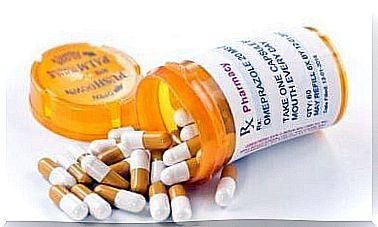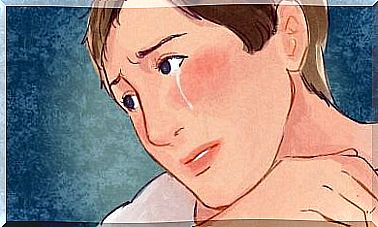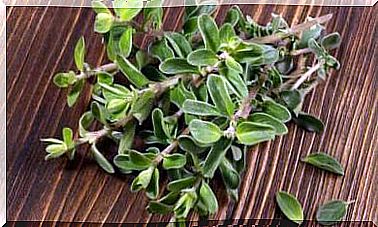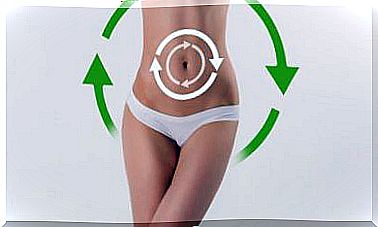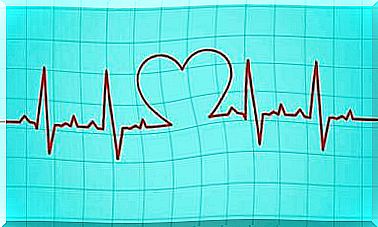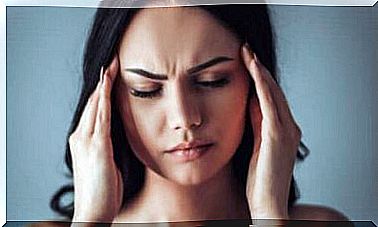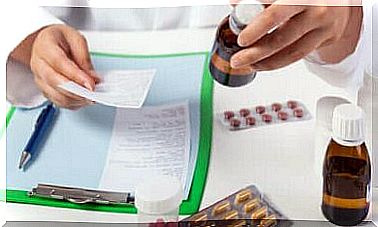What Happens When You Get Too Much Vitamin D

To stay healthy and lead an active and full life, it is important to get vitamins. However, you may not be aware that vitamins should only be consumed in certain amounts. An excess of vitamins, such as too much vitamin D, can be harmful.
Before you start taking certain supplements, it is important to check how much you need and how much you can take daily.
It is not wise to just go to the pharmacy, buy a bottle of capsules or the like and start taking them without prior knowledge or advice.
Remember that there are plenty of foods and drinks that contain the right amount of vitamins that you need. Taking a supplement is therefore not always useful and can even be harmful to your health.
Also in this case, excess is harmful.
The sun helps the body synthesize cholesterol, which makes it possible to produce vitamin D. Some people catch enough sunlight on a daily basis and feed themselves in such a way that they can maintain their supplies.
However, others need a vitamin supplement to replenish their stores of this nutrient. However, the problem arises when these people start taking this supplement without a prescription from their doctor.
Too much vitamin D can cause poisoning at some point. So this is exactly what we’re going to look at today.
Too much vitamin D leads to vitamin D poisoning

Vitamin D does not dissolve in water, making it difficult for the body to get rid of. This causes it to accumulate in the body. This nutrient acts like a steroid hormone and can be found in the cells of the body.
When there is an excess of vitamin D in the body, the places where the vitamin can be stored become full. When the protein receptors and carriers are full, they can no longer bind vitamin D.
From the moment this component is released in the body, it starts to increase the absorption of calcium in the intestines. This causes hypercalcemia. Other parts of the body affected by this are soft organs such as:
- the lungs
- kidneys
- the heart
Some minor issues that can also occur include:
- nausea and vomiting
- constipation
- muscle fatigue and bone pain
- anxiety and depression
- confusion
The recommended daily intake of vitamin D should be less than 4000 IU. However, the chance of poisoning from food or sunlight is minimal.
In order to lead to poisoning, the patient must have a blood level above 150 ng/ml (375 nmol/l).
Fortunately, almost all cases of poisoning due to too much vitamin D in the body can be reversed. In addition, in some cases it causes arteriosclerosis or kidney failure.
Symptoms of poisoning
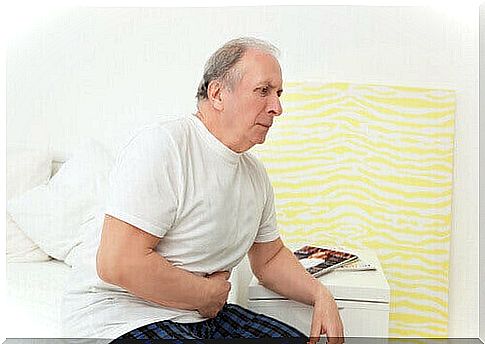
In some cases, vitamin D poisoning causes no symptoms. However, in most cases, some of the following problems occur:
- hypercalcemia
- nausea and vomiting
- constipation
- fear
- weakness
- altered consciousness
- high bloodpressure
- renal insufficiency
- hearing loss
Steps to Reverse Vitamin D Poisoning
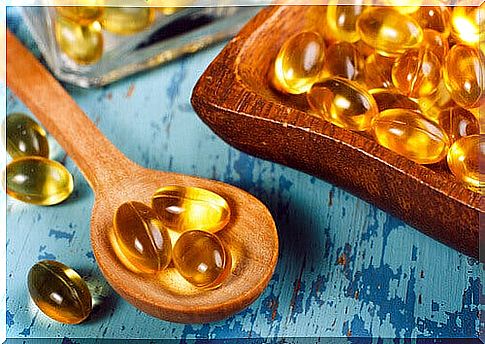
- First it is important to your house to visit doctor . During this consultation, your doctor will give you a referral for the tests needed to determine the amount of vitamin D in your blood. Do not try to find a way to get yourself examined without a referral from your doctor.
- If the amount in your blood is abnormally high, stop taking supplements immediately. Even with an intake of 10,000 IU per day, the risk of poisoning is still low. Still, it is better to keep the intake below 4000 IU per day. In the case of children and older adults, 700 IU per day is sufficient.
- It is important to know exactly how much of it you are consuming per day. If you expose yourself enough to sunlight, there is no need to take a supplement. In general, this supplement is intended for people who live in places with little sunlight.
- Evaluate your food intake. Fish, beans, fortified milk or orange juice, among others, can contain between 600 and 1000 IU of vitamin D per serving. In combination with sufficient sunlight, this is already enough for your body.
- It is also necessary to reduce your intake of supplements or foods rich in calcium.
- In addition, try to consume more products that contain sodium and to get more fluids.
It is important to know that it can sometimes take months and even years before there can be too much vitamin D in your blood. This makes this condition very difficult to detect. You must therefore learn to distinguish your symptoms from other illnesses and be prepared for any change.
